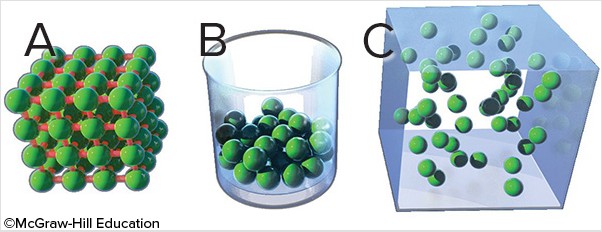Describe at least three methods that may be used in restoring streams. What is the main purpose of each method? List the benefits associated with each of these techniques.
What will be an ideal response?
Should include some of the following: 1) To reduce sediment influx (erosion from stream banks or other areas), several different methods may be employed including planting ground cover on banks or uplands; gullies that empty into the stream may be filled with rocks or brush; barriers can be used to deflect the current away from the stream banks or to trap sediment (these may include weirs, vanes, dams, logs, bundled brush, root wads, etc.)-these can actually be beneficial in carving out deep pools in the stream bottom, which provide excellent habitat for fish and other organisms; stabilizing stream banks-should be no more than 45 degrees to minimize erosion; soil can be held in place by plants, rocks, or other ground cover; if there is not enough space to recontour, steep banks will need to be supported by rock walls, riprap, or embedded tree trunks. 2) To create/restore habitat for fish and other organisms, there are also several methods available. Some of the items mentioned in the previous answer can provide inexpensive shelter (as mentioned previously); a more inexpensive method is using a "lunker," which is basically a wooden box that rests on the bottom of the stream and that is attached securely to the shore. The top of the box is covered with rock, soil, and/or vegetation. It has openings that provide hiding places for fish and other aquatic organisms. 3) To increase the speed of flow, there are methods to narrow the stream that will increase its speed. These methods include using large stone blocks along the sides (good for anglers to stand on; poor productivity and diversity); another method involves placing straw bales anchored in placed in the deepest part of the stream. It narrows the stream, increases the current, and cuts into the sediment, thereby deepening the stream over time. This provides a much more diverse and healthy ecosystem than the first method.
You might also like to view...
Although the sun influences the tides, it’s effect is considerably less than the effect of the moon.
Indicate whether the statement is true or false
Which of the following best matches the description?Region with rooted vegetation in a freshwater ecosystem.
A. biochemical oxygen demand B. littoral zone C. savanna D. pelagic E. pioneer community F. benthic G. desert H. phytoplankton I. grassland J. deciduous forest K. euphotic L. boreal forest M. periphyton N. tundra O. marsh
In which years did Arab oil embargoes take place?
A) 1945 and 1951 B) 1956 and 1967 C) 1973 and 1979 D) 1986 and 1988 E) 2003 and 2007
Which of the following images represents matter in the gaseous state, with the greatest kinetic energy?
A. A B. B C. C